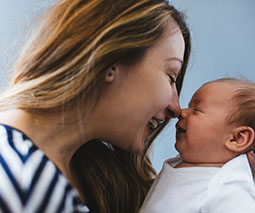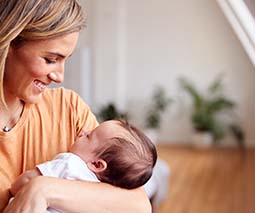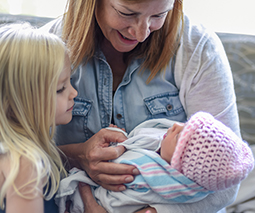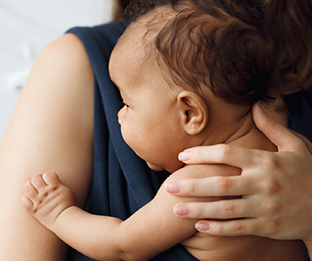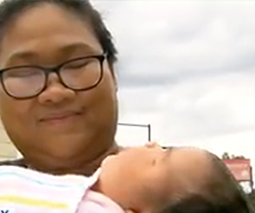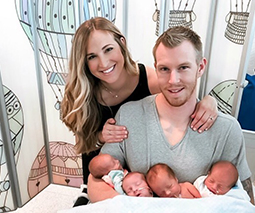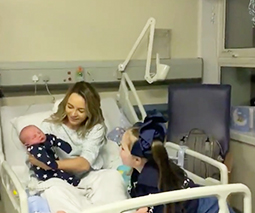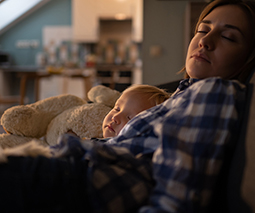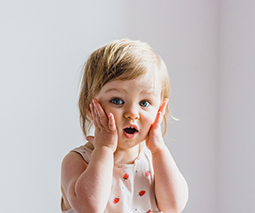Want to know what your unborn baby might look like? Here are some clues!
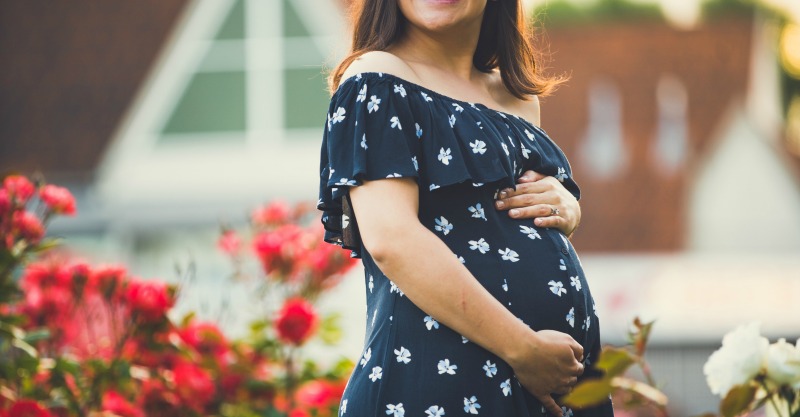
When I was pregnant, I wondered what my and my partner’s bubba would look like. Would he have mum’s blue eyes or his dad’s brown ones, for instance? After the 3D scan, we decided we were having an alien – he just looked so weird!
Thankfully, he wasn’t anything like an alien when he arrived. In fact, he was the most perfect thing we had ever laid eyes upon.
If you are pregnant and also wondering what your bundle of love may look like, or that 3D scan is freaking you out, you can get an inkling based on genetic traits.
Here are a few.
1. Eye colour
The human eye comes in a spectrum of colours – from browns to blues and greens – but as to what colour your baby will have can’t be properly determined until he’s two years old, although many babies have a fixed eye pigmentation before this.
If you don’t want to wait two years to find out though, here is some genetic maths for you that could give you a clue:
Brown eyes are usually dominant when it comes to genes. So if you and your partner both have brown eyes, chances are your little one will too. If one of you has brown eyes and the other blue, you can put your money on your baby being born with very dark blue eyes that eventually morph into brown. Green eyes are dominant over blue ones, too.
That said, your baby may inherit recessive genes from his grandparents and so two brown-eyed people can sometimes have a blue-eyed child, just to confuse things!
2. Hair colour
If you have dark, curly hair and your partner has blond, straight hair, chances are your baby will be a brunette like you. This is because dark hair is dominant over light hair.
But hair colour, like eye pigmentation, is also on a spectrum from light to dark. Hair type and colour are made up of more than one gene too, so it’s not always possible to predict the exact outcome.
Read more about pregnancy:
- Pregnant women urged to sleep on their sides
- Dear Mummy, I can’t wait to meet you, but I’d like you to know …
- In your third trimester and suddenly NOT hungry? Here’s why
4. Cleft chin and dimples
If either you or your partner has a cleft chin (like John Travolta) or dimples, there is a 50/50 chance your baby could inherit these cute features, too! This is because both of these have dominant genetic traits.
It’s interesting to note though, that dimples and a cleft chin can also be inherited with ‘variable expression’. This means that the cleft may be smaller, or the dimple may be in a different spot, or not appear at all until the next generation.
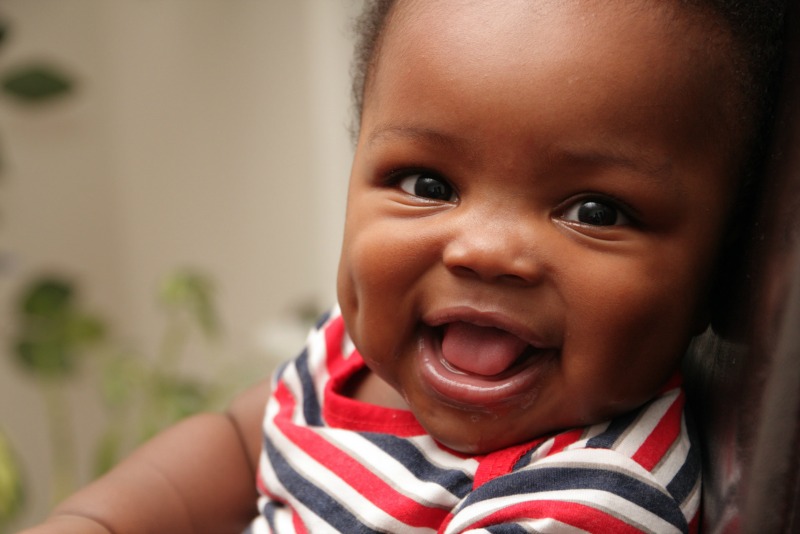
5. Height and body shape
If both of you are tall, you can bank on your baby sitting in the higher percentiles on those growth charts, this is because height is largely determined by genetics. Likewise, if you and your partner come from a long line of small babies, you may be carrying a more petite bub.
While genetics are important in influencing height and weight, environmental factors such as diet also play a part.
6. Teeth and smile
Although it will be a few months before your baby’s first chompers appear, you can work out if you’ll need to open a savings account for future orthodontic work now based on you and your partner’s smiles.
The size and configuration of your baby’s jaw, as well as the angle and alignment of his future teeth, is genetically determined. Sometimes babies inherit a combination of characteristics that result in problems with their future bite and teeth alignment – for instance buck teeth from mum’s side and a small jaw from dad’s. If you or your partner had to have braces as a teenager, then your baby has a good chance of needing them one day too.
